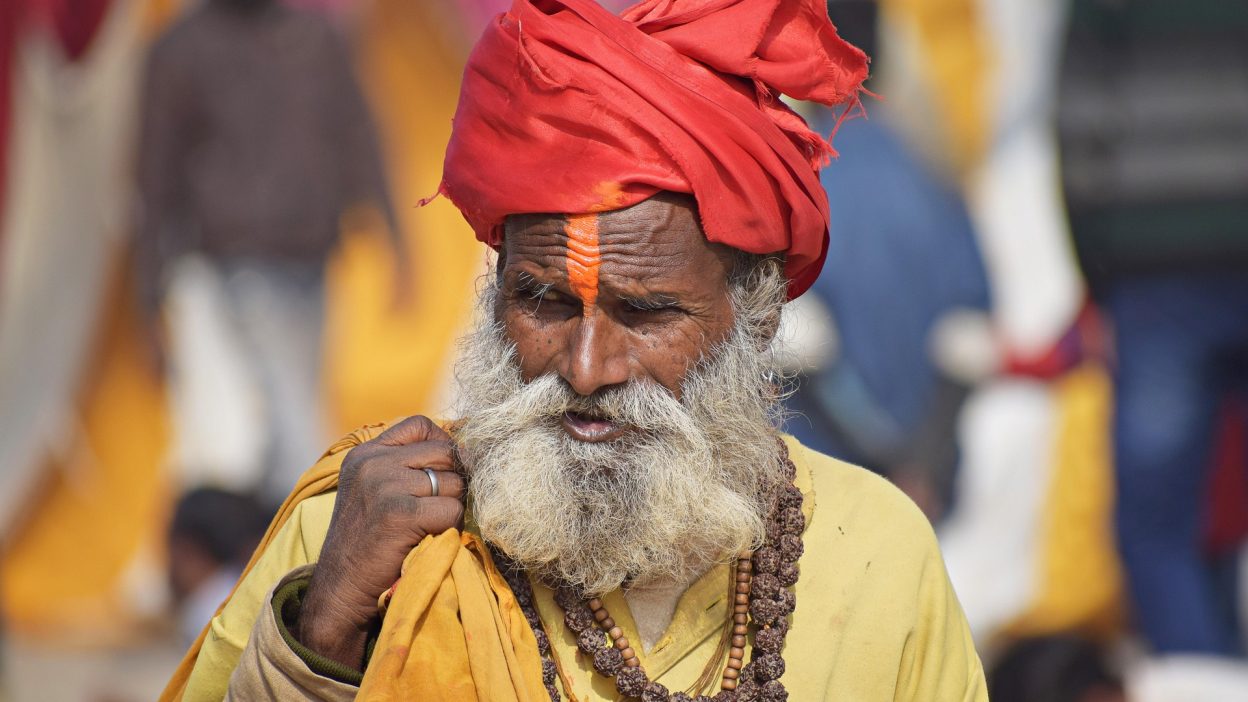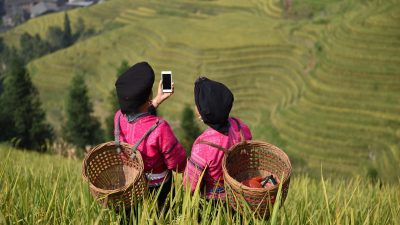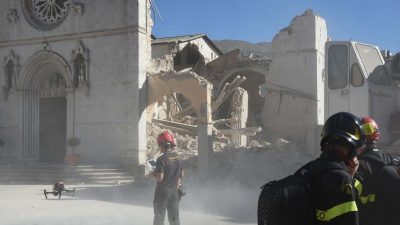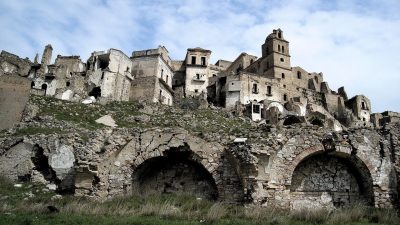The Forgotten Catastrophe That Exposed British Colonial Negligence
Doji Bara Famine: The Tragedy That Reduced India to Bones
1. Doji Bara Famine: The Unheard Disaster That Left India in Ruins
The Doji Bara Famine, notoriously referred to as the Skull Famine, stands as one of India’s most devastating humanitarian crises. Lasting from 1789 to 1793, this famine wiped out millions due to severe drought, crop failures, and a lack of effective relief. The Indian landscape was transformed into a burial ground, with skeletal remains scattered across vast territories, symbolising a period of harrowing suffering.
Despite its severity, this famine remains largely absent from mainstream historical narratives. It wasn’t just a natural disaster—it was a catastrophe magnified by economic policies that ignored the welfare of the masses. The Doji Bara Famine serves as an alarming case study of how environmental and political factors can converge to create mass suffering.
2. A Deadly Combination: How Drought, Colonial Policies, and Neglect Led to Widespread Starvation
The famine originated from extreme drought conditions that devastated major agricultural regions in India. With successive crop failures, food shortages became widespread. Yet, the natural calamity was only part of the problem.
The British East India Company, which held control over vast areas of India, prioritised revenue collection over humanitarian aid. Instead of reducing taxes, they continued to enforce high levies on struggling farmers. This forced many to sell their remaining food stocks at low prices, leaving communities on the brink of starvation.
Unlike earlier Indian rulers, who had mechanisms to distribute grain in times of crisis, the British dismantled traditional food reserves. Their indifference and economic priorities turned a climate disaster into an unparalleled human catastrophe.
3. Death, Despair, and the True Cost of the Skull Famine
- Millions Perished: Though precise numbers remain debated, estimates suggest that millions lost their lives to starvation and disease, wiping out entire settlements.
- Origins of the ‘Skull Famine’ Name: The streets and fields were covered with human skeletons, as countless bodies lay unburied due to the sheer scale of death.
- Economic Breakdown: The agricultural sector collapsed, bringing trade and commerce to a grinding halt. Farmers, labourers, and traders were all reduced to destitution.
- Mass Displacement: With no food left in their native regions, thousands fled to urban areas in search of sustenance, only to find more despair.
- Disease and Further Suffering: Malnutrition left survivors vulnerable to deadly outbreaks of cholera, dysentery, and smallpox, causing even more deaths.
4. The British Empire’s Role in Exacerbating the Crisis
While drought played a significant role, poor governance and exploitative policies worsened the famine’s impact.
The British East India Company remained primarily focused on economic gain. Even as people starved, tax collections continued, forcing struggling farmers into deeper hardship. Unlike Indian rulers who had earlier implemented emergency food distribution measures, the British provided negligible aid. Their failure to act swiftly turned an environmental disaster into a human catastrophe.
The dismantling of traditional grain storage systems further removed any chance of surviving the crisis. Had the British prioritised human life over economic interests, the suffering could have been significantly reduced.
5. The Grim Reality: When People Had No Choice But to Eat the Dead
With no access to food, famine victims were driven to unimaginable lengths. Survivors resorted to eating tree bark, leaves, and even mud to sustain themselves. However, as resources became scarcer, desperation pushed people beyond moral boundaries.
Disturbing accounts suggest instances of cannibalism, where the dead became a source of sustenance for the living. Parents, unable to watch their children die in agony, were forced to make unthinkable choices. Some reports describe people lurking near cremation grounds, scavenging whatever remained.
This level of desperation was not just a reflection of food scarcity but of governance failure. When people are left with nothing but death as an option, the blame extends far beyond nature.
6. The Aftermath: How Doji Bara Reshaped India’s Socioeconomic Landscape
The famine had long-lasting effects on India, reshaping its economy and society in devastating ways. Entire villages became ghost towns, wiped out by starvation and disease.
Agriculturally, the loss of manpower and widespread poverty left farmers in economic ruin. Those who survived were forced into cycles of debt that trapped future generations. The economic downfall significantly weakened India’s resilience against colonial rule, making British exploitation easier in the years that followed.
The trauma of the famine left an enduring scar on Indian communities, passed down through generations. Its memory serves as a lesson in the dangers of neglect and exploitation in times of crisis.
7. The Warnings That Were Ignored: Could It Have Been Prevented?
- Predictable Yet Unaddressed: Early drought signs were visible, but no preventive measures were implemented, leading to widespread hunger.
- Harsh Taxation Policies: Rather than offering relief, the British continued heavy taxation, worsening the plight of starving farmers.
- Negligence in Relief Measures: Unlike past Indian rulers, who initiated emergency food distribution during crises, the British provided minimal assistance.
- Failure to Secure Food Imports: Instead of prioritising local food security, colonial trade policies favoured exports over imports, aggravating shortages.
8. What This Means Today: Are Modern Famines Any Different?
The Doji Bara Famine proves that famines are rarely just about food shortages—they stem from policy failures and economic mismanagement. Even in modern times, food crises persist due to government negligence, war, and environmental challenges.
Climate change, conflicts, and uneven food distribution continue to put millions at risk of starvation. The key lesson from history is that proactive policies and intervention are crucial in preventing such humanitarian disasters.
9. Remembering the Tragedy to Avoid Future Mistakes
The Doji Bara Famine remains one of the most harrowing yet overlooked events in Indian history. It highlights the lethal consequences of natural disasters when met with misgovernance and exploitation.
Preserving this history is essential—not just as a record of the past but as a cautionary tale for the present and future.
10. The Final Warning
As climate change worsens and economic inequalities persist, the threat of famine looms large. If governments fail to prioritise food security, another crisis of this magnitude could emerge.
FAQs
- Why was it called the ‘Skull Famine’? The famine left thousands of skeletons across the land, creating an apocalyptic scene.
- How many people died in the Doji Bara Famine? Exact figures remain unknown, but millions perished due to starvation and disease.
- Did the British provide any relief? Their efforts were minimal, and their taxation policies worsened the crisis.
- What triggered the famine? A combination of extreme drought, exploitative taxation, and lack of relief measures.
- Could such a famine happen again? Without proper governance, climate change and economic instability could trigger similar disasters.
References:
Doji bara famine
The Worst Natural Disasters in Indian History
Doji bara famine – history-maps.com
Skull Famine Of Late 1700s That Indian History Forgets To Mention
Doji Bara Famine – Disasters with highest death tolls
YT links
‘I saw children like us lying dead on the streets’ | I remember the Bengal Famine | BBC News India
India famine Documentary | The Great Famine of 1876–1878 was a famine in India under Crown rule




